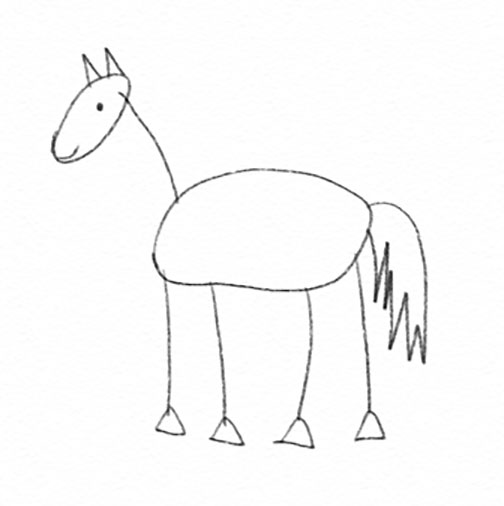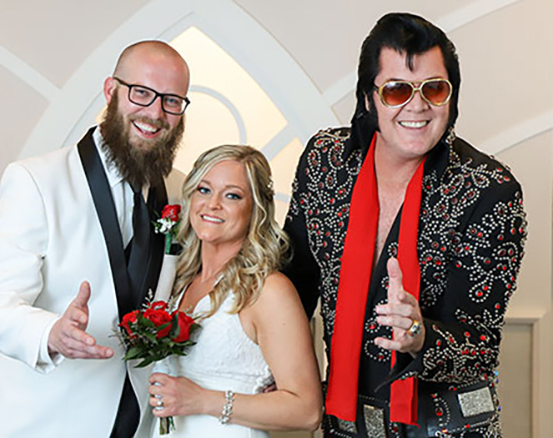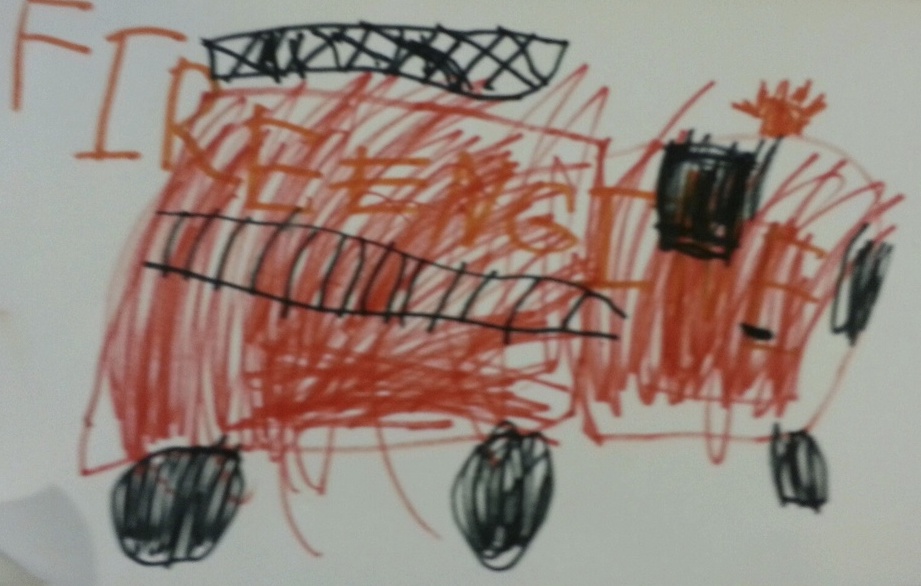
To get your week started, here’s the “best of” last week’s Pain Chart comics. To get your daily dose, follow on Instagram.

To get your week started, here’s the “best of” last week’s Pain Chart comics. To get your daily dose, follow on Instagram.

After Dinner Conversation is a unique magazine. Not only do they publish excellent short stories, acceptance is predicated on the premise that what you read is worthy of discussion. As such, the editors then follow up with philosophical or ethical questions for further conversation.
“The One That Damned Me,” first published in July 2020, is about a man wrongly accused of a crime. It is reprinted below without the magazine’s follow-up questions.
The One That Damned Me
by DL Shirey
Sent u email about Jesmyn.
Please read.
S
The text from the Ex was short and sweet, like Susan used to be. The message nearly sobered me up. I was suddenly warmer, caused by the friction of memories rushing back from five years ago. The flip phone in my hand felt twice as hot, so I dropped it in the sand as if scalded. I stared at the message until the screen blanked black. Like my life after Jesmyn.
Continue reading
The Short List lost many wonderful publications in recent months. They will be missed, but are now included among our dearly departed:
JANUARY
The Bureau Dispatch
BAHR
Fairy Piece Mag
The BeZine
Grimsy
Dream Pop Journal
Space Fantasy Magazine

This flash fiction piece was originally published on PAPER (shock) in February 2022. No. 17 is about a man’s search for something in an Iowa cornfield. Strangely enough, it was a UK publisher that picked it up.
When I received my contributor’s copy of Hungry Ghost Magazine, I was blown away by the production value. Not only were the stories top notch, but the graphics were astounding. Do yourself a favor and buy Issue Two, but if you want to read my story, have at it.
No. 17
by DL Shirey
“Long way from home,” the old man said. He raised the crossed leg to point a foot at my Oregon plates. Eighty if he was a day, a stereotype in overalls. When I asked about my destination, he waved a whittling knife vaguely northwest, “That-away. Yonder. Three, four miles as the crow flies.”
Continue reading
During the pandemic, my wife took up the piano. She played as a youth and was refreshing her skills, practicing diligently every day. I was hearing a lot of piano and was inspired to write this story. Published in Ink Pantry.

My sister is an artist and my father could have been. I never got the gene. This nonfiction piece exemplifies why it is better that I write than draw. Originally published in July 2022 by Potato Soup Journal, which, unfortunately, is no longer published.
Learning to Draw
by DL Shirey
An art teacher once called me retarded. She was criticizing my drawing, but I took the adjective personally.
To be fair, this was in the late 1980s, long before political correctness disallowed that pejorative term for the developmentally disabled. Back then, the word wasn’t necessarily used to describe someone’s abilities, but as criticism for a task poorly done. A half-hearted attempt to make a bed, for instance, could be called retarded if the sheets were lumpy and the blankets hung askew. This condemnation did double-duty, disparaging the bed itself, as well as the person who made it.
Continue reading
‘Tis the season to be jolly? Maybe not. In this short story, the North Pole denizens must deal with the demise of their fabled leader. Published in the anthology “Christmas Across Time, Volume Three.” Now available on Amazon.

No one believes this, but I have witnesses. This short story was finished just a few weeks before COVID was unleashed upon the world. Ask anyone in my writing group.
Prescient though this story may have been, publishing it has been problematic. Didn’t matter that this one had hyperbaric chambers, Elvis impersonators and a dog named Mr. Doodles, there were too many stories of plague and pandemic to go around. Now that the world has tilted back toward its axis, the good folks at Black Sheep Magazine (on Amazon exclusively) bring you my tale in issue #3.

I asked ChatGPT to proofread a story. It was originally published in 2019 by Reflex Fiction.
There are three errors that I purposely inserted to see if The Machine would catch them. Strike-through text highlights the mistakes in the story.
I apologize in advance. The story is quite sad but 100% made up. Pure fiction.
Continue reading
As you may know, I have a thing about lists, so it seems appropriate to put ChatGPT through its paces, listwise. Let’s start with Santa Claus and his flying reindeer.
I know that Rudolph was not in the original poem, so I asked The Machine to brief me on the list of reindeer names.
Prompt
The names of Santa’s reindeer have evolved over the years. In list form, tell me their names through history.
NOTE: the result was a voluminous text outlining the history of reindeer names, plus a summary paragraph that got to the point of my question. I’ll spare you the wordy rhetoric and share the bulleted recap.
Continue reading